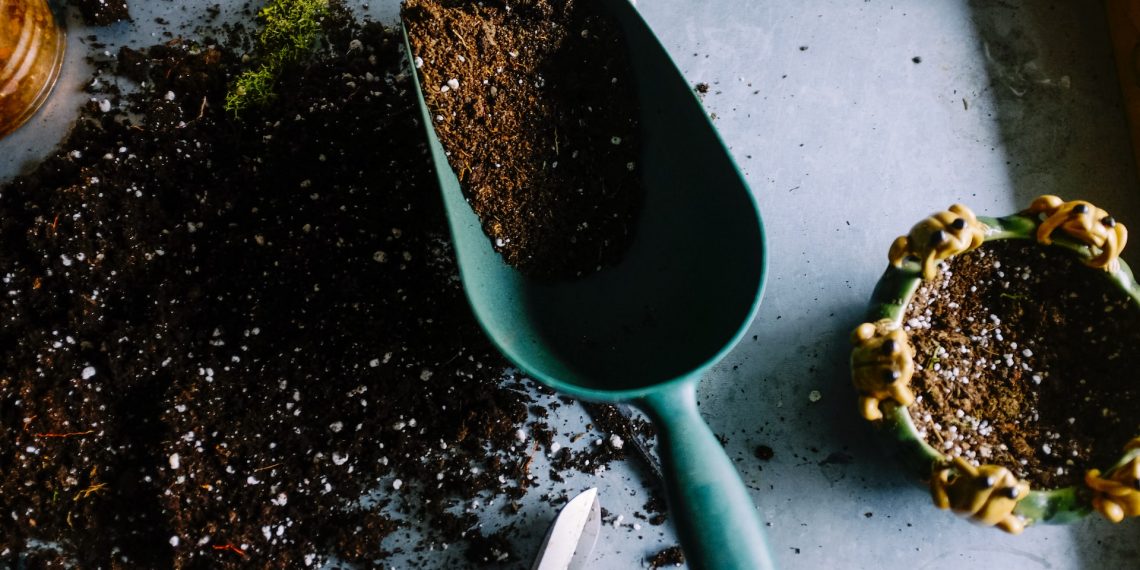Here we will go over 9 top gardening tips for beginners.
Gardening is a fun hobby that brings you closer to nature, keeps your vitamin D levels up, and stress levels down. However, like all hobbies, picking up gardening entails much more than one would initially expect. Purchasing seed packets and watering your plants daily is simply not enough to make your plants thrive.
Keep reading to learn some beginner tips that will earn you your green thumb in no time.
1) Choose the Right Plants For Your Location
Contents
On the back of each seed packet, you will find a zoning map. The zoning map specifies whether or not that species will thrive in your geographical climate.
Knowing your zone and purchasing seeds accordingly will make the difference between healthy and dead plants once extreme temperatures roll in each season.
2) Pick the Right Companion Plants
Not all plants get along, and knowing which ones misbehave while together can help ensure the survival of your garden. On the other hand, many plants complement each other and act as great companions to one another.
If you know you want tomatoes in your garden, find out which plants should be far from your tomatoes and which would serve as good neighbors. For example, broccoli stunts tomato plant growth, but parsley does the opposite.
3) Get Your Spacing Right
Spacing your plants correctly during the planting process is essential to their outcome.
Spacing is determined by root size, plant size, and nutritional needs. When roots do not have enough room to grow, they compete for nutrients and stop growing.
You should also keep in mind the spacing needed for external growth. A healthy squash plant will spread far across your garden, while a cabbage plant won’t travel at all.
4) Think About the Sun and Shade
Each and every plant requires a specific amount of shade and sunlight to thrive.
Some plants do their best in the shade, while others require constant sunlight. Before choosing plants for your garden, contemplate whether your garden can accommodate its needs. You can find sunlight requirements on the back of each seed package.
Plants that need tons of shade are easier to incorporate into your garden since they may be paired with taller vegetation that can act as an umbrella, protecting them from the sun.
5) Weed Your Garden
Each week, you should spend some time pulling weeds in your garden. Weeds are like an infection that quickly takes over the entire system by sucking vital nutrients from your plants.
You can help keep weeds out by adding ground cover plants like purslane or weed barrier fabrics to your garden.
6) Choose Your Soil Wisely
Since you are new to gardening, you might not be aware of how many soil options are available.
There are soils for raised beds, pots, and in-ground gardening with options that focus on organics, performance, and growth.
When choosing your soil, look for a nutrient-rich option that is curated to your climate and plant needs.
7) Consider Containment Options
You can grow your plants in the ground, in a raised bed, or in pots, and the containment option you choose is dependent on your specific desires and needs.
Raised beds are great for keeping animals out, in-ground is great when you have a lot of space to work with, and pots are perfect for plants that will go indoors once the temperatures drop.
8) Research Your Plants
When working with various plants, you won’t be able to follow a one size fits all guideline.
The instructions on how to grow onions outdoors will be vastly different from how to grow marijuana indoors.
Therefore, you must complete research on each plant to ensure they all receive the proper care, attention, water, and nutrients for their specific needs. A prime example is that Big Boy tomatoes need to be pruned, but the Heinz tomato variety does not.
9) Inspect Your Plants
Inspecting your plants regularly can help you combat issues like disease, infestation, dehydration, and burning before they get out of hand.
The most common threats to your garden include mildew, spider mites, small animals, and nutrient deficiencies. When you catch these problems early on, you can save your harvest by implementing changes like pest deterrents and barriers or by removing infected plants.
Infections and infestations can spread over days or even hours, so check on your plants as often as possible.











